Did you know that asteroids and meteors hit Earth almost every day? However, these are not a cause for worry as they usually vaporize and are seen as shooting stars above us.
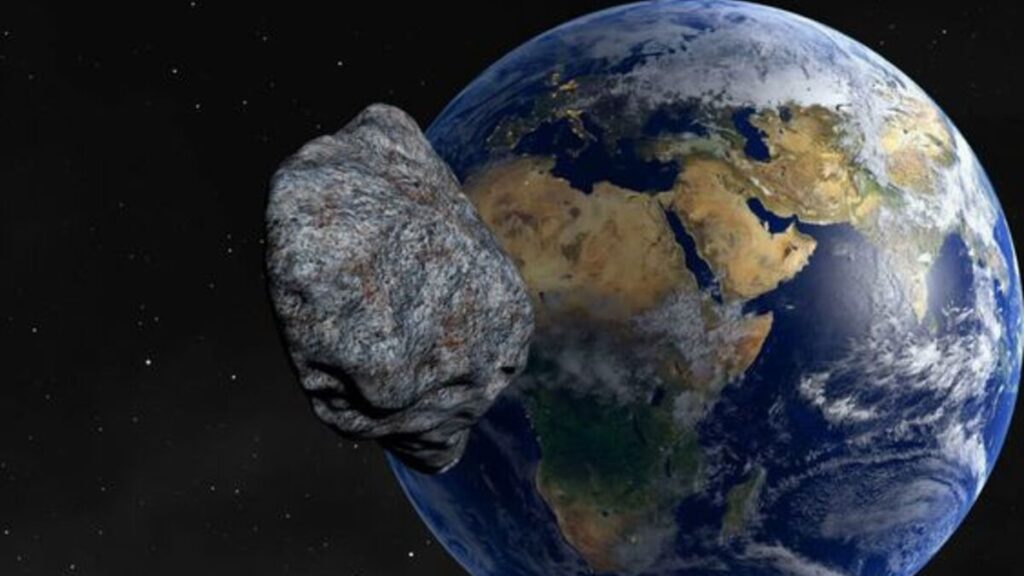
However, some asteroids are tagged “planet killers” due to their ability to completely destroy a planet, and one of them flew past Earth yesterday!
Scientists Put Out Warning
NASA scientists have put out a warning to the general public, noting that there is a large “planet killer” asteroid that went past Earth yesterday, June 27th. The asteroid is massive at the size of Mount Everest but luckily, it would not be so close to our planet.
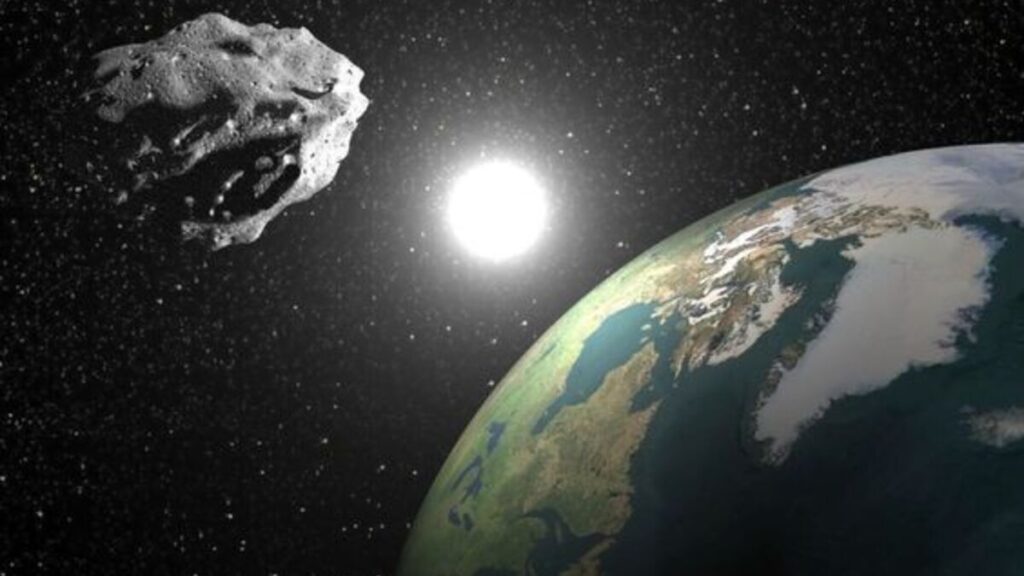
However, the scientists followed their warning with another massive one that was spotted two weeks ago and would be coming towards earth soon.
A Massive NEO
NASA has named this massive object and it was called the Asteroid (415029) 2011 UL21. According to several reports, it is bigger than about 99% of all the other near-earth objects (NEOs) that have ever passed close to the Earth.
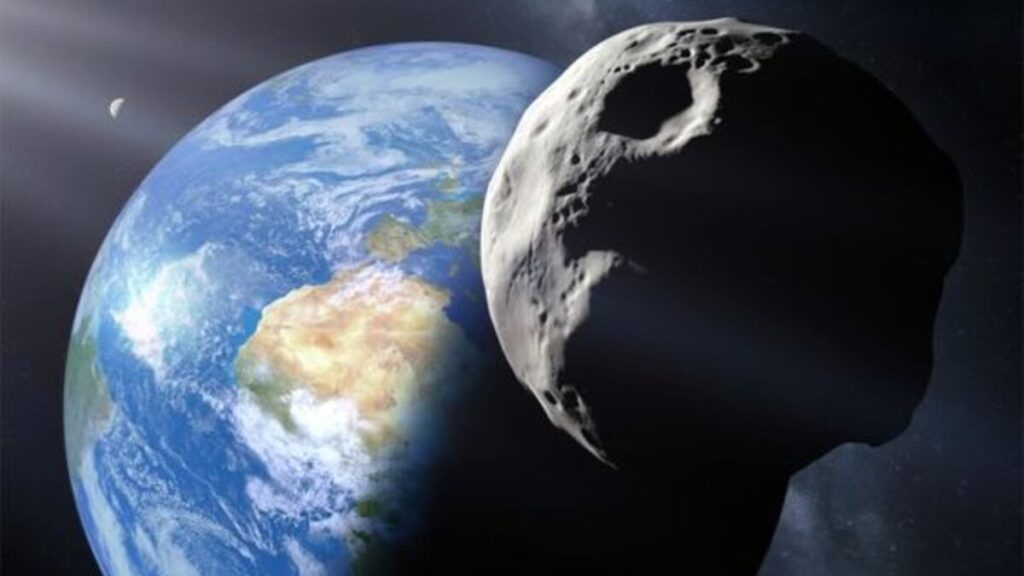
At an impressive size that rivals Mount Everest, it is not surprising that the scientists worry that it is a fearful “planet killer.”
Comparing Sizes
Due to its huge size, it is clear that this 2011 UL21 is a very significant asteroid and nothing to joke about. However, it is still not the biggest asteroid that has ever flown by Earth or hit the planet in the past.
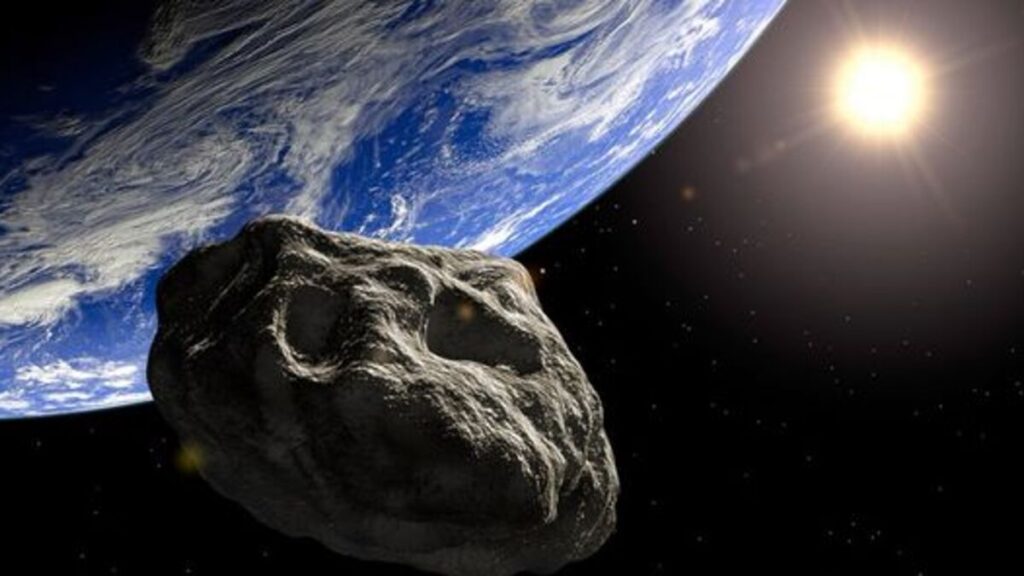
This asteroid may be an enormous planet killer, but the Chicxulub asteroid that hit the Earth and killed the dinosaurs was much bigger than the 2011 UL21.
WATCH: Massive Oil Discovery in Antarctica Raises Concern
Millions of Miles Away
Although the asteroid is considered a near-Earth object, it was predicted to only zoom past the planet and not come close to the Earth at all. In fact, the scientists’ report shows that it was going to be about four million miles away from Earth.
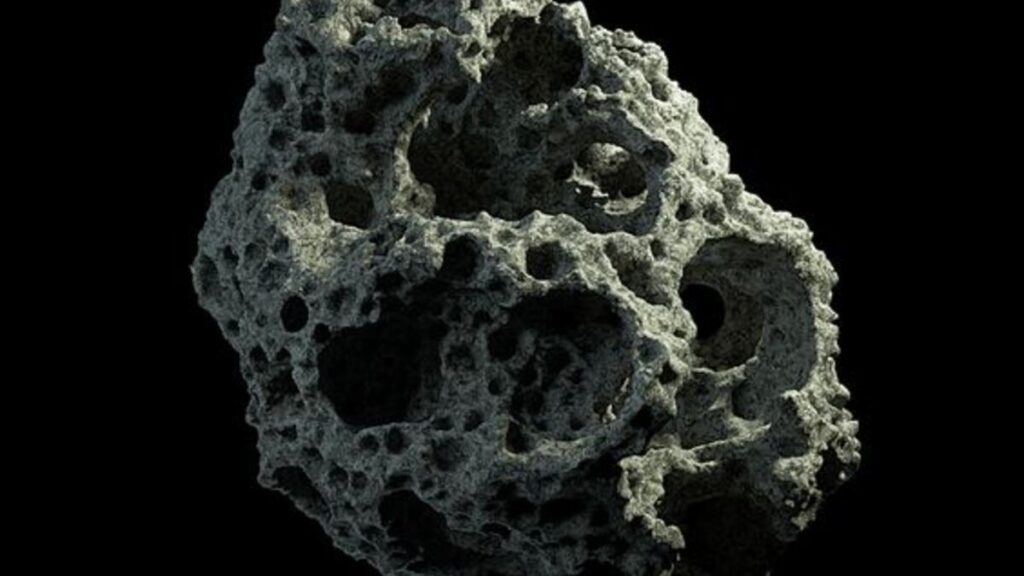
Therefore, the chances of it steering off course and heading to Earth were very low.
Is This a Potential Threat?
While the asteroid was millions of miles away from the Earth, it was still labeled as an NEO. Therefore, scientists also labeled it as a potentially hazardous space rock, causing many people to worry.
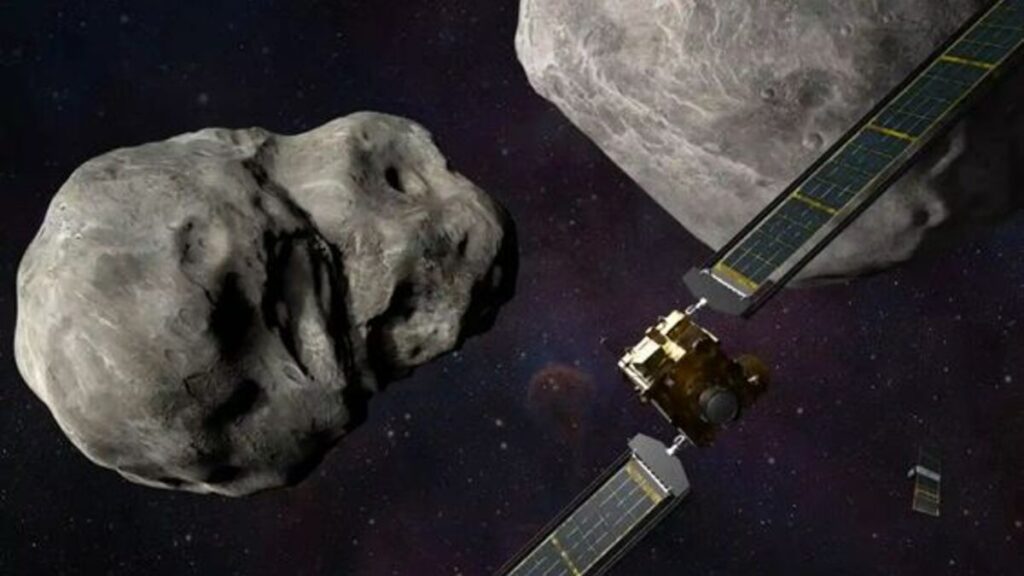
However, the European Space Agency has put out a public statement to reassure the public that there was a 0% chance that would hit the Earth.
What Will Happen if a Planet Killer Asteroid Hits Earth?
Many people have wondered what would happen if a planet killer asteroid actually hit the Earth and how much damage it would do. According to many scientists, this would cause a huge catastrophe around all the continents on Earth.
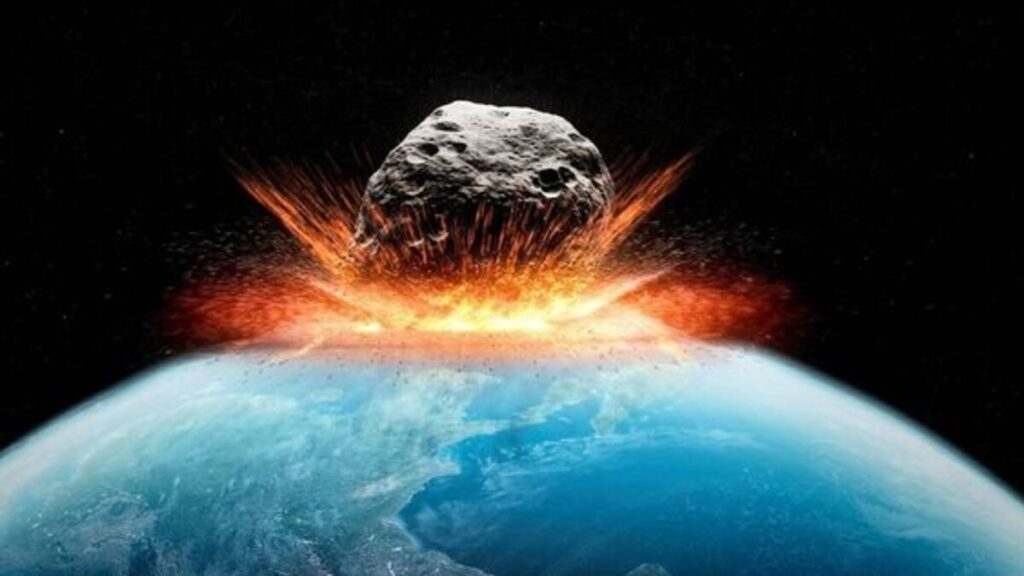
In fact, the collision can lead to severe damage to the planet and dust that would cause many climate changes for a long period of time.
POLL—Is Climate Change a Major Threat That Requires Immediate Policy Action?
The Angle of Orbit
What’s more, this asteroid is not acting like a typical NEO regarding its orbiting angle. According to reports, it is orbiting at a steep angle instead of orbiting on a similar plane as the planets around the Sun.

Many researchers believe that this is as a result of Jupiter’s gravitational influence as past observations have shown Jupiter redirecting asteroids towards Earth. However, this did not happen in this case.
Another Asteroid Is Coming
However, 2011 UL21 is not the only massive asteroid that was expected to fly by the Earth this week. Researchers have revealed a second asteroid that will fly past the Earth within 42 hours after the first one today.

This new space rock is called Asteroid 2024 MK and was discovered by scientists on June 16th. Scientists do not have as much information on it as the first but it is believed to be closer than the first one.
A Closer but Smaller Asteroid
According to reports, 2024 MK will pass by the Earth within a much closer take of 180,200 miles. This is about 75% of the Earth’s stance to the Moon.

However, it is a smaller asteroid than the first. Scientists believe that this space rock is only about 120 and 260 meters wide and should not be a cause for concern or alarm.
WATCH: Researchers Find Potential $37 Billion Treasure on $2 Million Coal Mine
The Two Large Asteroids
However, this second, smaller asteroid would still have catastrophic consequences if it were to hit the Earth. According to an astronomer at the Royal Greenwich Observatory, Dr Greg Brown, it is uncommon that two asteroids of these sizes are passing near the Earth in less than three days.
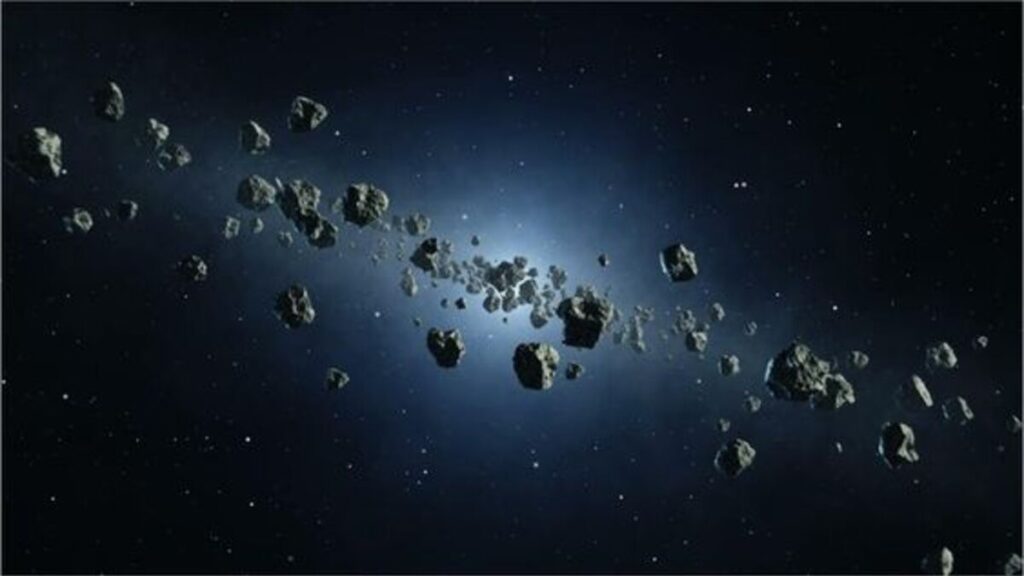
While it is a common occurrence with smaller asteroids, it is unshakable to have this happen with bigger ones.
Detecting Potentially Dangerous NEOs
Brown also noted that this recent unusual discovery was proof that scientists need to continue to monitor and detect NEOs.
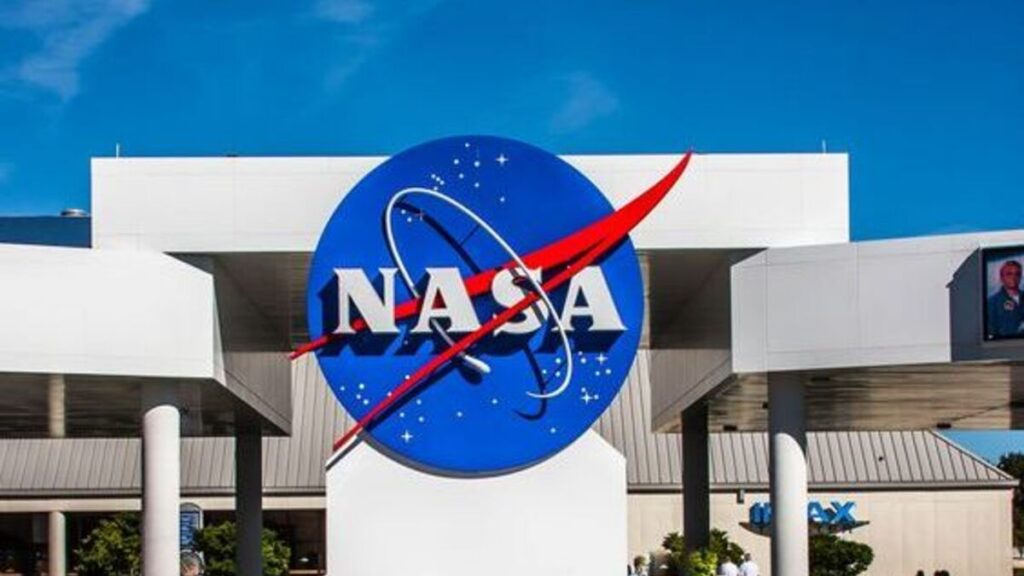
This way, they would also be able to recognize any potentially dangerous space rocks or those that would have a huge impact if they collided with Earth. Brown believes that this is very important for our safety.
Viewing the Asteroids
For those who would like to view the asteroids, they can check it out if they want to. Although no one can see these space rocks with their naked eyes, one can get a pair of binoculars or a telescope to see them.
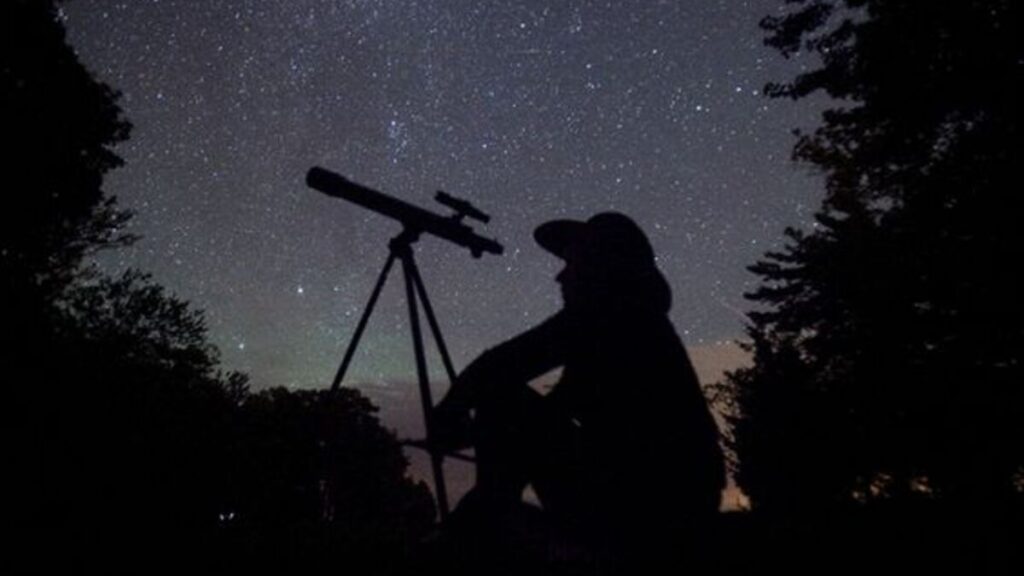
The time to see the “planet killer” asteroid has passed, but the second one can be viewed on Saturday, June 29th, around 5 p.m. Eastern Time.
You Might Also Like:
Wisconsin Man Stops Daughter From Touching Black Superintendent at High School Graduation
Ron DeSantis Signs Bill Allowing People to Shoot Bears, Sparks Outrage From Wildlife Activists
Snapchat Inc. Set to Pay $15 Million in California Lawsuit Settlement
“America’s Got Talent” Fans Boo Howie Mandel, Telling Him to “Leave” the Show
Trump Hints at Names of His Potential Running Mates in the 2024 Election
